As a saline island district located downstream of the Tien River, the natural conditions in Tan Phu Dong district ( Tien Giang province) are very harsh, each year it has to endure 6 to 9 months of salinity, making farming and livestock farming difficult.
In order to turn challenges into development opportunities based on promoting land and labor potential to adapt to climate change, the locality encourages farmers to switch from unstable single-crop rice cultivation to aquaculture for export, mainly whiteleg shrimp, black tiger shrimp, etc.
Pioneering, reaping many successes in business, building a solid foundation, becoming famous as a shrimp farming billionaire in the saline land of Tan Phu Dong, there is farmer Le Thanh Tang residing in Kenh Nhiem hamlet, Phu Thanh commune.
Responding to the State's policy of developing aquaculture for export on inefficient rice land to adapt to climate change, in 2006, Mr. Tang boldly converted 1 hectare of low-yield rice land to shrimp farming.
According to Mr. Le Thanh Tang, whiteleg shrimp is suitable for local brackish and saltwater aquaculture models and can be raised in extensive and intensive farming models, and in local shrimp + rice farming models.
He personally chose the intensive farming model because it gives high productivity, output and economic efficiency compared to traditional farming and livestock farming on previously saline island land.
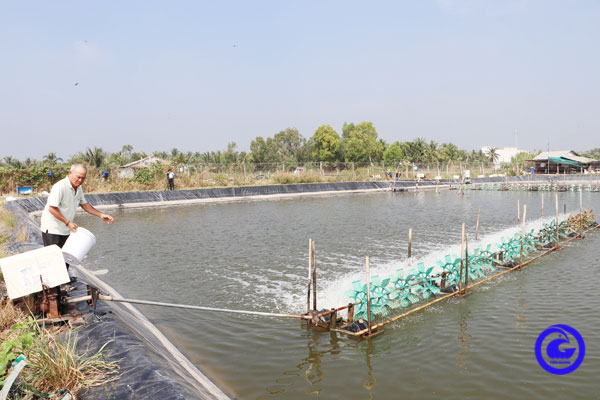
Mr. Le Thanh Tang, a billionaire in high-tech shrimp farming and bird nest farming in Phu Thanh commune, Tan Phu Dong district (Tien Giang province), takes care of his family's shrimp pond.
However, Mr. Tang assessed that if they want to be successful, shrimp farmers must first understand and master the technical farming process, paying attention to the pond digging and pond treatment stages, following the instructions of technical staff, choosing good, quality shrimp seeds, strictly quarantined from reputable seed suppliers for many years.
In addition, the shrimp stocking density should be moderate, not too dense to help shrimp grow quickly, with little loss, and care and feeding should follow the guided techniques and procedures. Special attention should be paid to proactively preventing and controlling diseases for shrimp throughout the shrimp season.
At the same time, during the shrimp farming process, if there is an incident, there must be community awareness, do not discharge contaminated farming waste into the surrounding environment without being treated according to regulations of the authorities to avoid spreading and affecting the farming area.
In addition, absolutely do not use chemicals banned in aquaculture to ensure the quality of commercial shrimp when harvested and brought to market.
According to Mr. Le Thanh Tang, there are two shrimp farming seasons each year, each lasting about 4 months; the first season is usually stocked around January and harvested in April; the second season is stocked around May and harvested around September. Shrimp farming under the intensive model achieves an average yield of 5 to 6 tons/ha/season.
While raising, he has accumulated successful experiences and expanded production. Now, after nearly 20 years of working with whiteleg shrimp, he has a property of about 3 hectares of shrimp farming on Tan Phu Dong island district. On average, each year, he harvests from 27 tons to 30 tons of commercial shrimp. After deducting expenses, he still earns a net profit of over 1 billion VND.
With the profits from intensive shrimp farming, Mr. Le Thanh Tang has invested in 5 more birdhouses, opened more businesses selling animal feed and veterinary medicine for aquatic animals according to a comprehensive business model that has brought high efficiency. Mr. Tang shared that it is estimated that each year, from the above comprehensive business model, his family earns a net profit of over 2 billion VND.
Mr. Tang also creates regular jobs for dozens of workers on the island with an income of 5-6 million VND/person/month. Thereby, contributing to creating stable income for workers, reducing rural poverty in difficult areas, often affected by natural disasters such as drought and salinity in Tien Giang province.
Not only famous as a typical local farmer and businessman who has overcome difficulties to build a sustainable career, Mr. Le Thanh Tang is also admired by the islanders for his heart for the community, actively supporting and helping poor households in the spirit of "joining hands for the poor, leaving no one behind".
Every year, Mr. Tang contributes over 10 million VND to social charity work, taking care of and helping poor households in Tan Phu Dong district.
At the same time, he also regularly sponsors 30 poor households in the locality with a rate of 300,000 VND/household/month. His meaningful and deeply humane work is highly welcomed by public opinion, praised and widely replicated by the locality.
Mr. Bui Thai Son, Secretary of the District Party Committee, Chairman of the People's Committee of Tan Phu Dong district (Tien Giang province) highly appreciated the business model and the wholehearted commitment to the community of Mr. Le Thanh Tang.
Mr. Bui Thai Son said that Mr. Le Thanh Tang's intensive shrimp farming model to respond to climate change is being replicated locally, making Tan Phu Dong district one of the key brackish water shrimp farming areas of Tien Giang province with a total area of nearly 7,200 hectares, achieving an annual commercial shrimp output of over 37,000 tons.
According to Mr. Bui Thai Son, every year, farmer Le Thanh Tang is honored as a typical good farmer and businessman of Tien Giang province.
In 2018, Mr. Le Thanh Tang was also honored to receive a Certificate of Merit from the Prime Minister for his outstanding achievements in the emulation movement of good farmers in production and business.
These are worthy rewards to honor farmers who dare to think, dare to do, and successfully build a career on the difficult saline land in the direction of adapting to drought and salinity, mitigating natural disasters, and devoting themselves to the poor and lonely in the locality.
Source: https://danviet.vn/mot-ty-phu-tien-giang-tren-lam-chuong-nuoi-chim-tien-ty-duoi-dao-ho-nuoi-tom-tien-ty-hoa-lai-hay-20241011150420708.htm


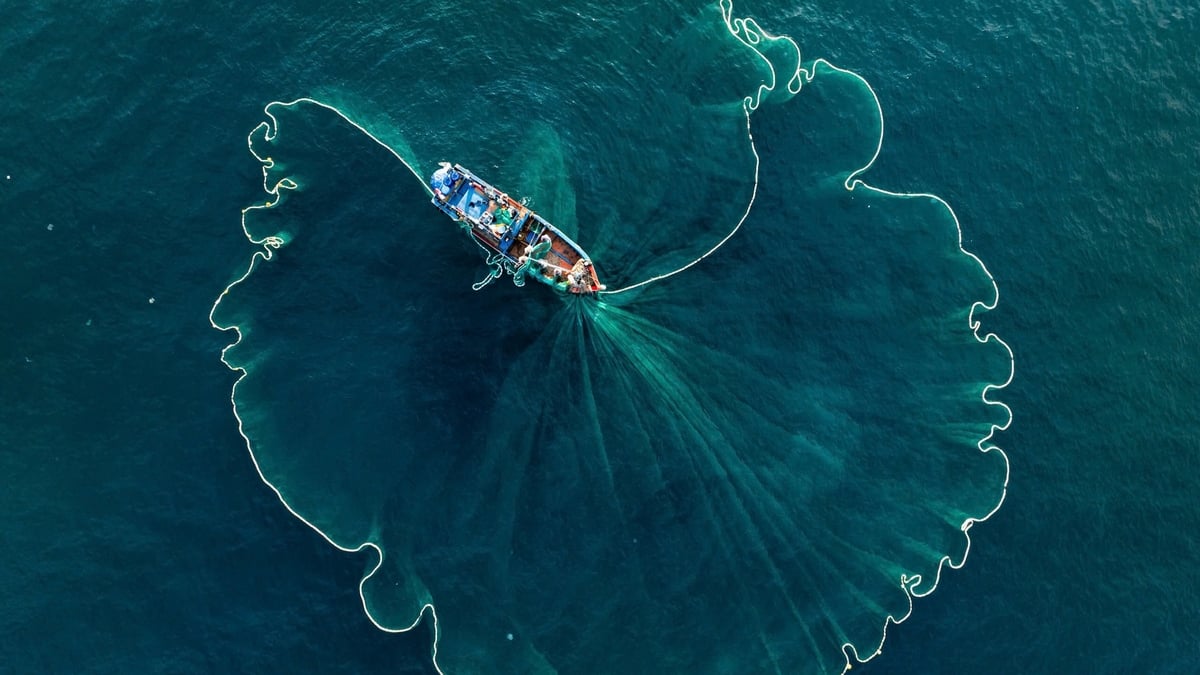
![[Photo] Award ceremony for works on studying and following President Ho Chi Minh](https://vphoto.vietnam.vn/thumb/1200x675/vietnam/resource/IMAGE/2025/5/20/a08ce9374fa544c292cca22d4424e6c0)
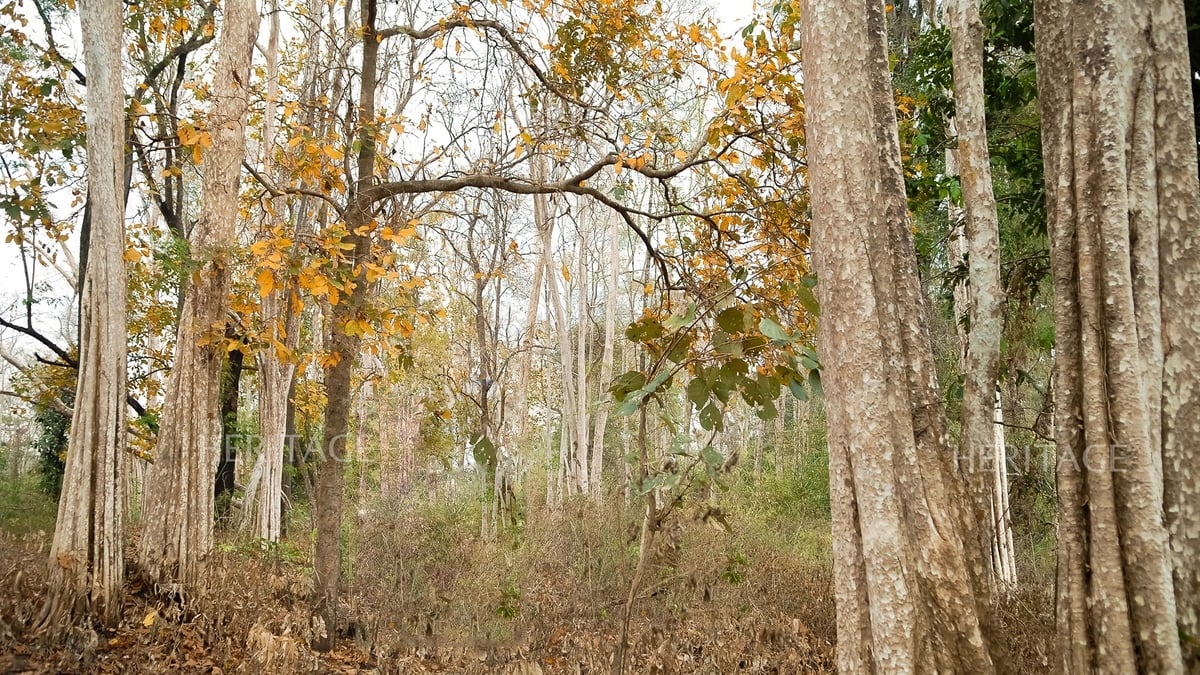


![[Photo] Vietnamese shipbuilding with the aspiration to reach out to the ocean](https://vphoto.vietnam.vn/thumb/1200x675/vietnam/resource/IMAGE/2025/5/20/24ecf0ba837b4c2a8b73853b45e40aa7)
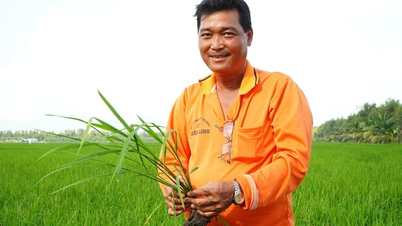

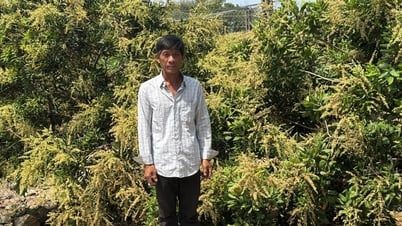
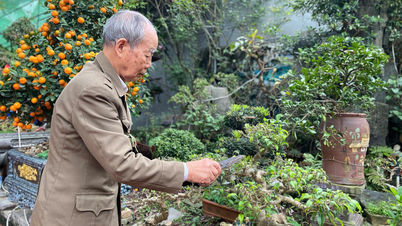







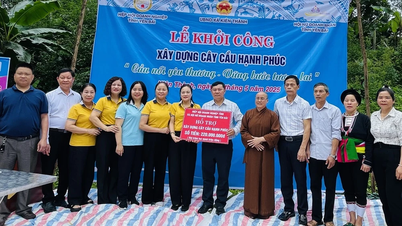

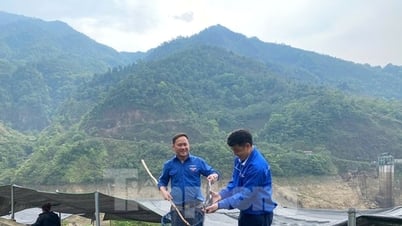

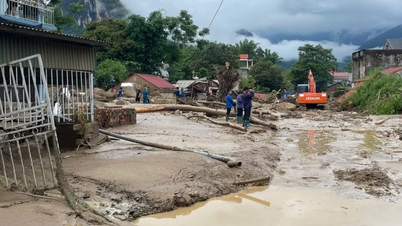
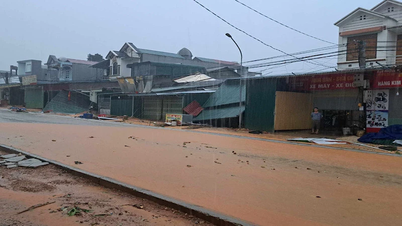
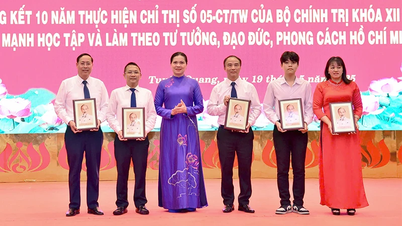
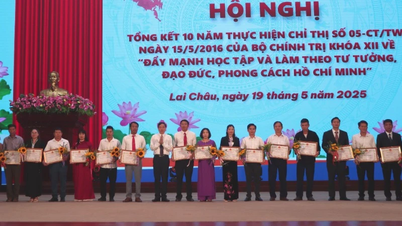

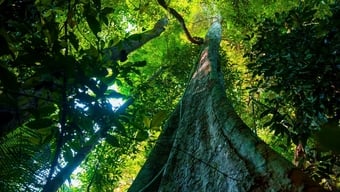


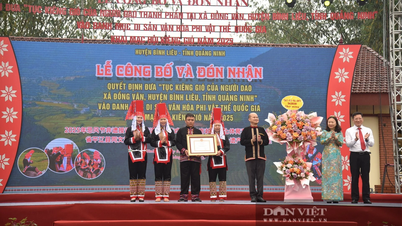
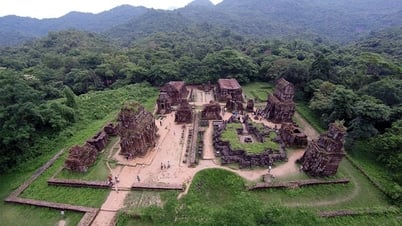
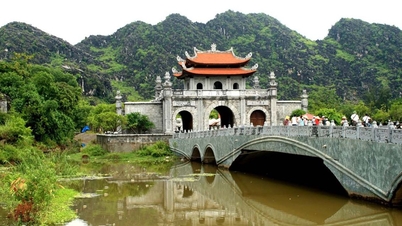
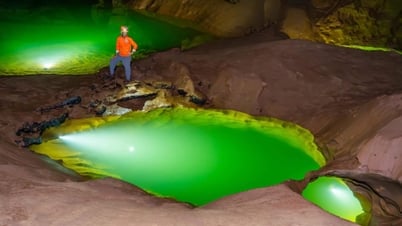
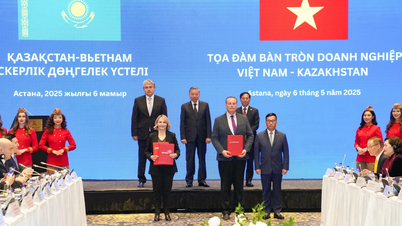

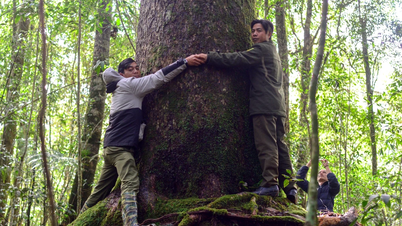

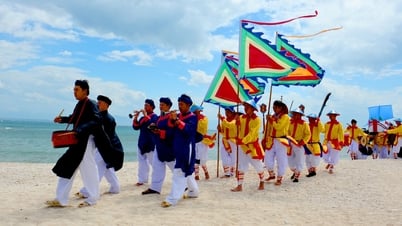
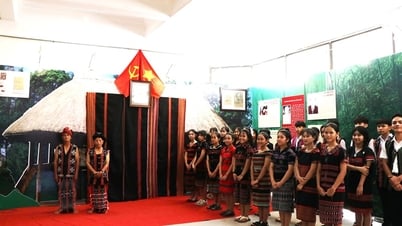

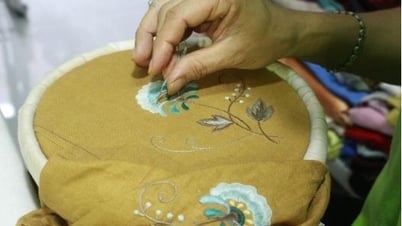






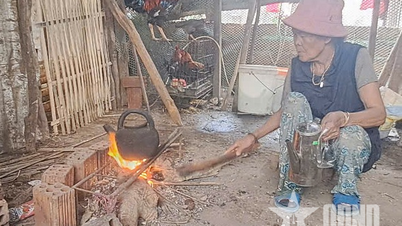


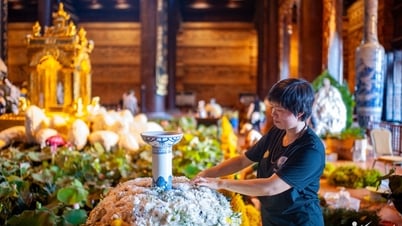



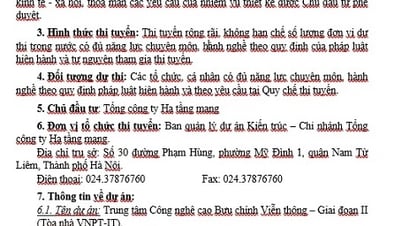


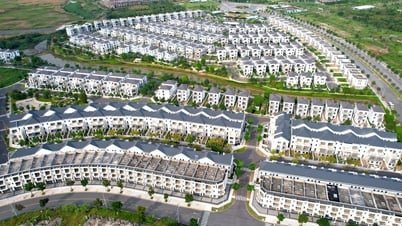
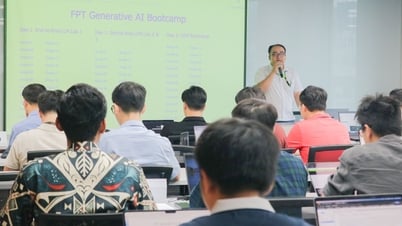



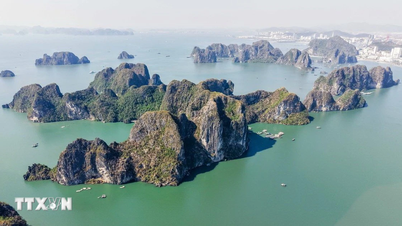
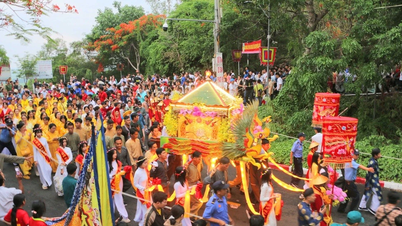


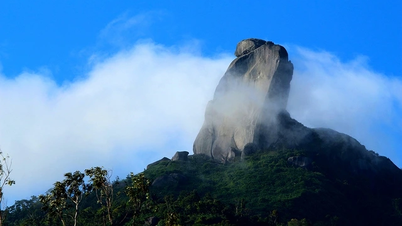
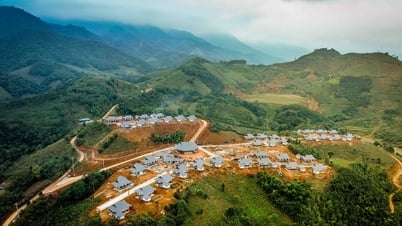


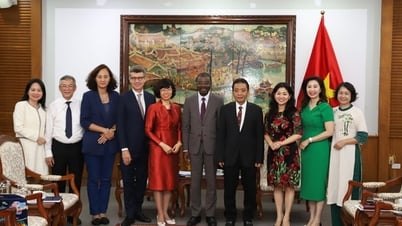

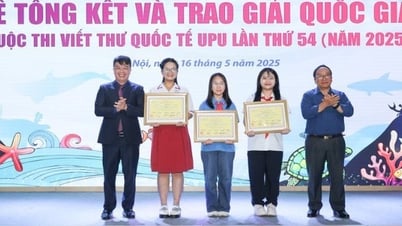

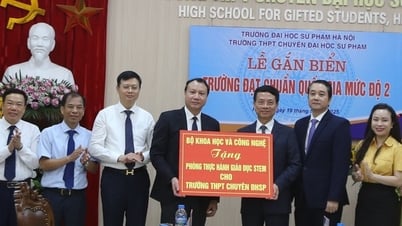




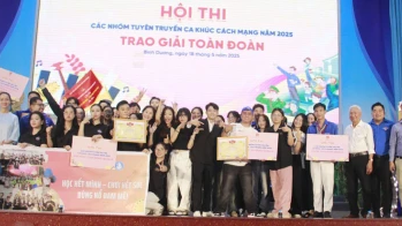







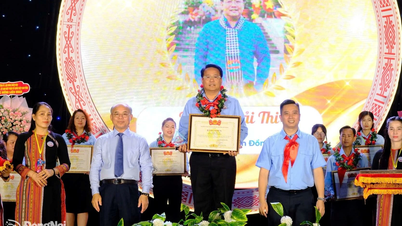

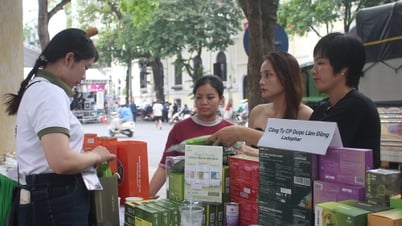

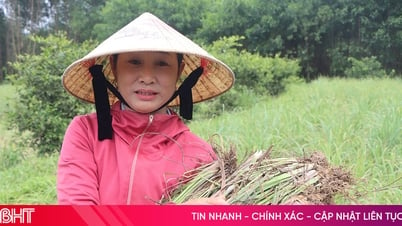

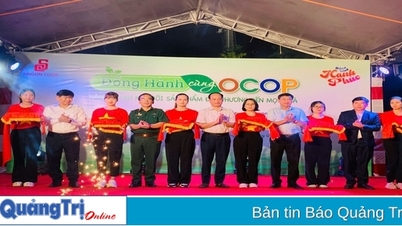

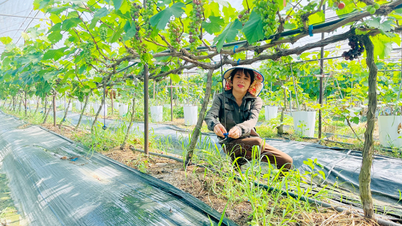

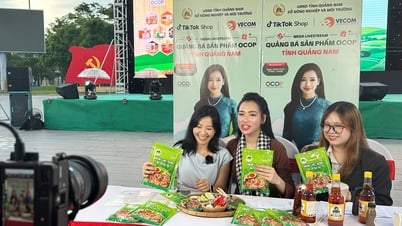
![[VIDEO] - Enhancing the value of Quang Nam OCOP products through trade connections](https://vphoto.vietnam.vn/thumb/402x226/vietnam/resource/IMAGE/2025/5/17/5be5b5fff1f14914986fad159097a677)
Comment (0)